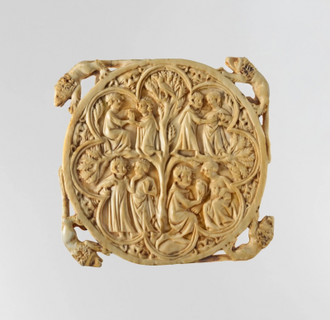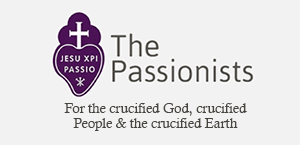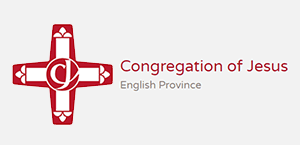Gospel in Art: Those who are judged worthy of a place in the other world

Mirror Case, Made in Paris, circa 1350-75, Carved ivory © Metropolitan Museum, New York
Source: Christian Art
Gospel of 25 November 2023
Luke 20: 27-40
Some Sadducees - those who say that there is no resurrection - approached Jesus and they put this question to him, 'Master, we have it from Moses in writing, that if a man's married brother dies childless, the man must marry the widow to raise up children for his brother. Well then, there were seven brothers. The first, having married a wife, died childless. The second and then the third married the widow. And the same with all seven, they died leaving no children. Finally the woman herself died. Now, at the resurrection, to which of them will she be wife since she had been married to all seven?'
Jesus replied, 'The children of this world take wives and husbands, but those who are judged worthy of a place in the other world and in the resurrection from the dead do not marry because they can no longer die, for they are the same as the angels, and being children of the resurrection they are sons of God. And Moses himself implies that the dead rise again, in the passage about the bush where he calls the Lord the God of Abraham, the God of Isaac and the God of Jacob. Now he is God, not of the dead, but of the living; for to him all men are in fact alive.'
Some scribes then spoke up. 'Well put, Master' they said - because they would not dare to ask him any more questions.
Reflection on the carved mirror case
The Sadducees who approach Jesus in our Gospel reading today did not believe in any meaningful form of life after death. But they were well aware that the reality of life after death was absolutely key to the teaching of Jesus. Jesus' teaching embraced both life on earth and life in heaven. In fact, both are brought together very succinctly in the prayer that Jesus taught us, one petition of which is 'Thy will be done on earth as it is in heaven'. Jesus wants us to keep praying and acting for a time when life on earth mirrors life in heaven.
So we read in today's gospel passage that the Sadducees do their best to trap Jesus with their question. However, their question presumes that life in heaven will simply be a continuation of life on earth. Jesus answers that life in heaven will be qualitatively different from life on earth. The fundamental difference is that, in the words of Jesus, in heaven people can no longer die! A life without death is very different from the present experience of life as we know it. Our life now is indeed massively influenced by the experience of death.
As I mentioned, we should act and pray here on earth to mirror life in heaven. The very first mirrors used by humans were most likely pools of still water, or water collected in a primitive vessels of some sort. The earliest manufactured mirrors were pieces of polished stone such as obsidian and, later on, highly polished metal surfaces. Glass mirrors started to become widely available not until Medieval times, after some technological advancements in glassmaking. But these mirrors were small and highly fragile. Hence ornate cases were made to house and protect them. Our ivory carved mirror case dates from around 1350. We see four scenes depicting courting couples. From left to right: a standing male lover approaches a woman holding a small dog; the male lover kneels before his seated beloved with a gesture of submission and she responds by caressing his wrist; bottom left we see a male lover holding a falcon approaching a lady, who reacts with surprise; bottom right we now see the kneeling lover offering his heart to a seated lady holding a dog in her lap. It is a charming scene. Christian-themed mirror cases are extremely rare. Most cases (such as here) depict scenes of playfulness and vanity.
LINKS
Gospel in Art: https://christian.art/
Today's Reflection: https://christian.art/daily-gospel-reading/luke-20-27-40/


















